Introduction
Optimizing product pages is crucial to increasing sales and conversions for eCommerce businesses. Creating well optimized pages isn’t just about presenting products well, but also about guiding your customers through the buying process.
It’s been found that over 75% of online shoppers make buying decisions based on product display. Customers will get a seamless experience, encourage purchases, and reduce cart abandonment with a conversion optimized product page.
Here’s a guide to creating high converting product pages.
How To Optimize Your Product Pages For Conversions

How to Optimize Product Pages for Higher Conversions in eCommerce
Image Courtesy –GROWCODE
It’s called conversion rate optimization, right?¬
Increasing the percentage of website visitors who take a desired action, such as buying, is called conversion rate optimization (CRO). With eCommerce, CRO directly affects sales, which requires a nuanced balance of SEO (to bring in traffic) and UX.
The factors that influence conversions on product pages¬
Conversion rates are impacted by a lot of things, like user intent, page usability, product relevance, and on page conversion elements aligned with SEO. A successful CRO makes sure incoming traffic gets a page that’s engaging and persuasive.
What Makes A High Converting Product Page?
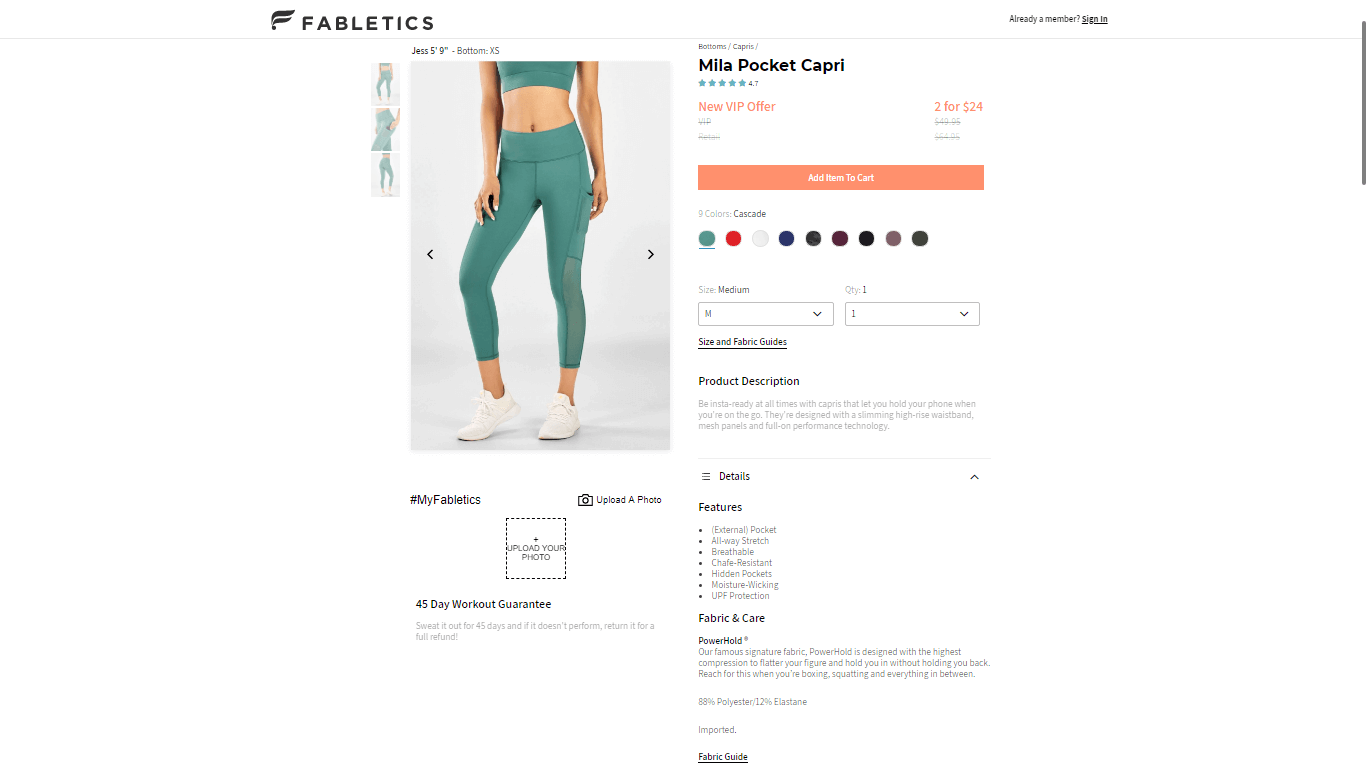
How to Optimize Product Pages for Higher Conversions in eCommerce
An engaging and clear product title¬
It’s important to have a compelling product title because it captures attention, conveys value, and helps your SEO. The title of your product should be short, descriptive, and balanced between SEO and readability.
Image and video quality that’s high¬
Research shows customers rely heavily on visual content when shopping online. By providing a real life perspective, high resolution images from multiple angles help customers judge product quality, while videos and 360 degree views reduce buying hesitation.
Call-to-Action (CTA) that works¬
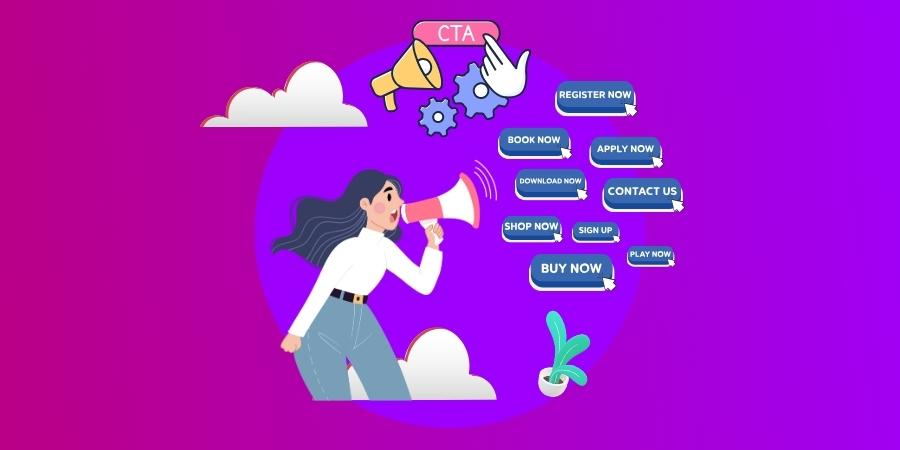
How to Optimize Product Pages for Higher Conversions in eCommerce
You need a CTA that stands out and gets people to take the action you want. For CTAs like “Buy Now” or “Add to Cart,” test different colors, placements, and text to see what works best.
Speeding up your site and optimizing for mobile¬
You need a fast page. You can lose conversions if you’re even a second late. Moreover, mobile optimization is important, since over half of all online shopping happens on a mobile device. Fast load times and responsive design are key.
Driving Qualified Traffic To Your Product Pages With Seo
E-commerce keyword research¬
Inbound marketing starts with keyword research, which should focus on buyer intent.
Identify long tail keywords based on what users are likely searching for, as these are often more likely to convert.
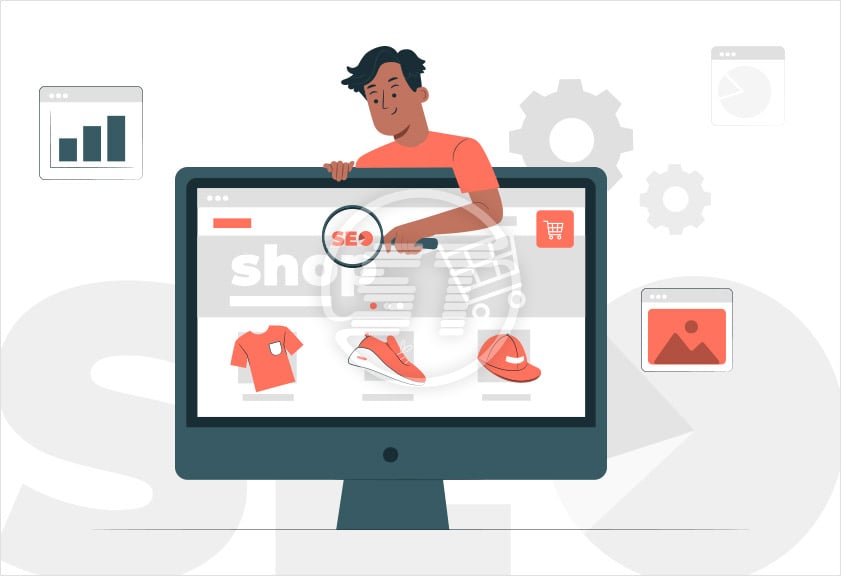
How to Optimize Product Pages for Higher Conversions in eCommerce
Image Courtesy – GENIUSER
The best practices for on page SEO¬
Easily incorporate keywords into title tags, meta descriptions, and headings. Don’t make your URLs too long and don’t forget to include keywords.
To get the best results from SEO, these elements need to be readable.
A rich snippet and schema markup¬
Rich snippets can be displayed by search engines when they have structured data, like product schema and review schema.
Increased visibility improves click through rates by displaying helpful product details right in the search results.
Make Your Product Descriptions Persuading And Seo Friendly

How to Optimize Product Pages for Higher Conversions in eCommerce
Writing for your buyer personas¬
It’s important to understand your target audience’s needs and preferences before writing product descriptions.
Don’t forget to focus on benefits, address common pain points, and use relatable language.
Taking advantage of features and benefits¬
Make sure you highlight the unique features, but prioritize the benefits. You could say “waterproof material” as a feature offers practical value by staying dry no matter what the weather is like.
Getting SEO in your product descriptions¬
Keywords should be naturally integrated into the product description without being overdone.
Use NLP keywords to align with Google’s search algorithms and make your page more SEO friendly.
The Power Of Social Proof And User Generated Content
Transparency and trust will be built when you display customer reviews and ratings.
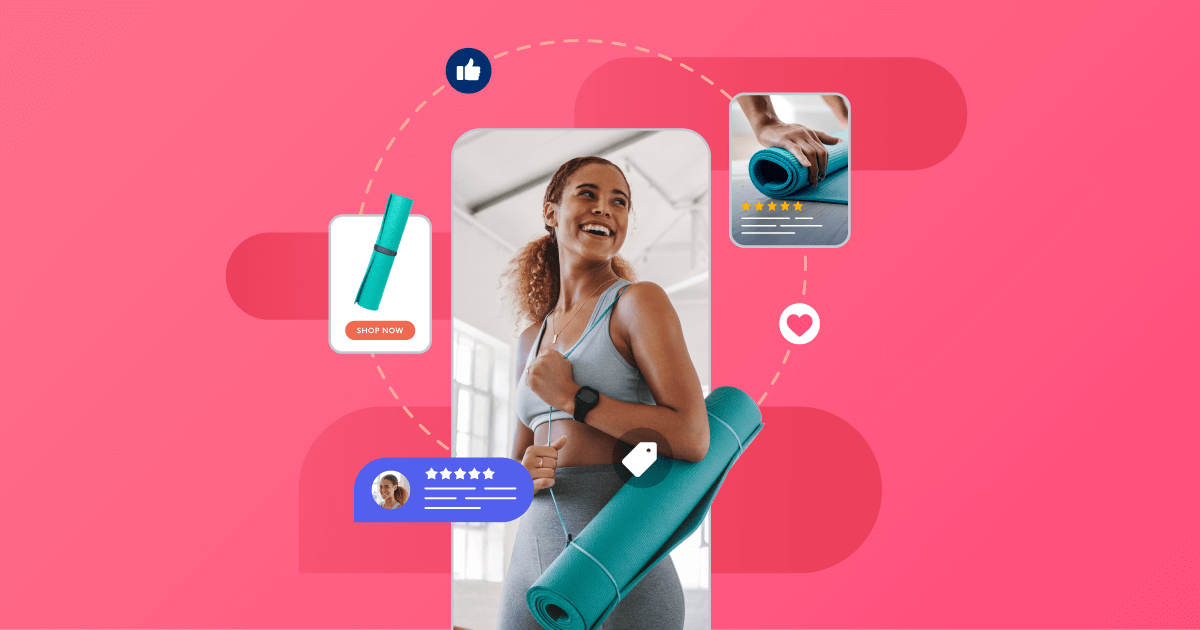
How to Optimize Product Pages for Higher Conversions in eCommerce
Follow up post purchase, because real reviews can boost credibility and influence purchases.
Showcasing UGC (photos, testimonials)¬
Make it easy for customers to share images and testimonials. You can enhance credibility and help prospective buyers envision the product’s real world utility by displaying real-life photos or social media posts.
Certificates and badges of trust¬
First time buyers can feel more confident about a brand when security badges, quality certifications, and labels (like “organic” or “cruelty free”) are included.
Making It Feel Urgent And Scarce
Taking advantage of stock levels and limited time offers¬
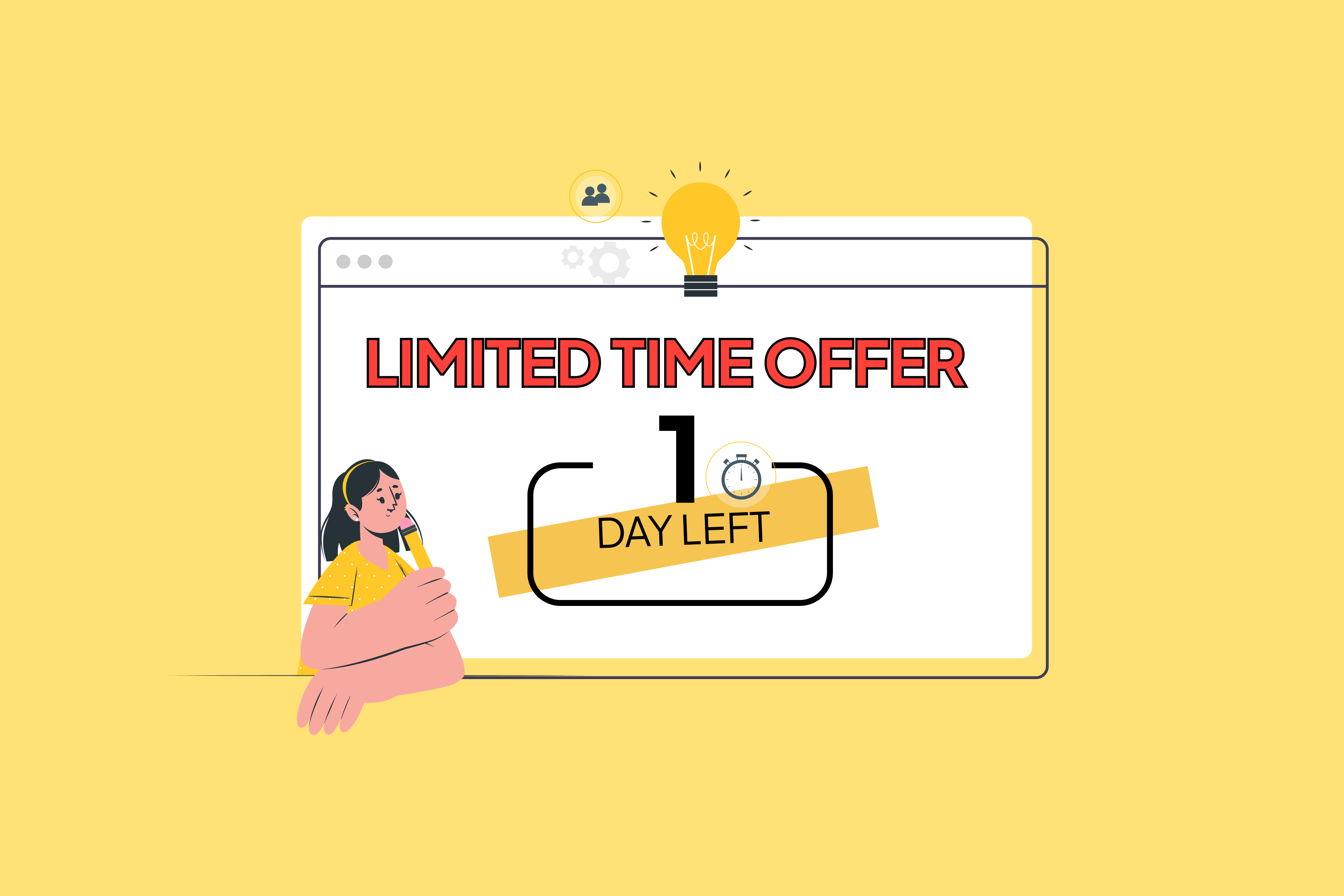
How to Optimize Product Pages for Higher Conversions in eCommerce
It’s easy to create urgency by showing low stock levels or displaying “limited time” banners. By doing this, you get customers to act fast before the product sells out.
Timer counts down¬
You can increase the urgency factor for flash sales or special offers by counting down the days.
Getting notifications for social proof¬
You can nudge buyers who might otherwise delay purchases by showing them product activity, like “5 people are viewing this” or “Just sold.”
Beyond The Product Description: Optimising For Customer Experience
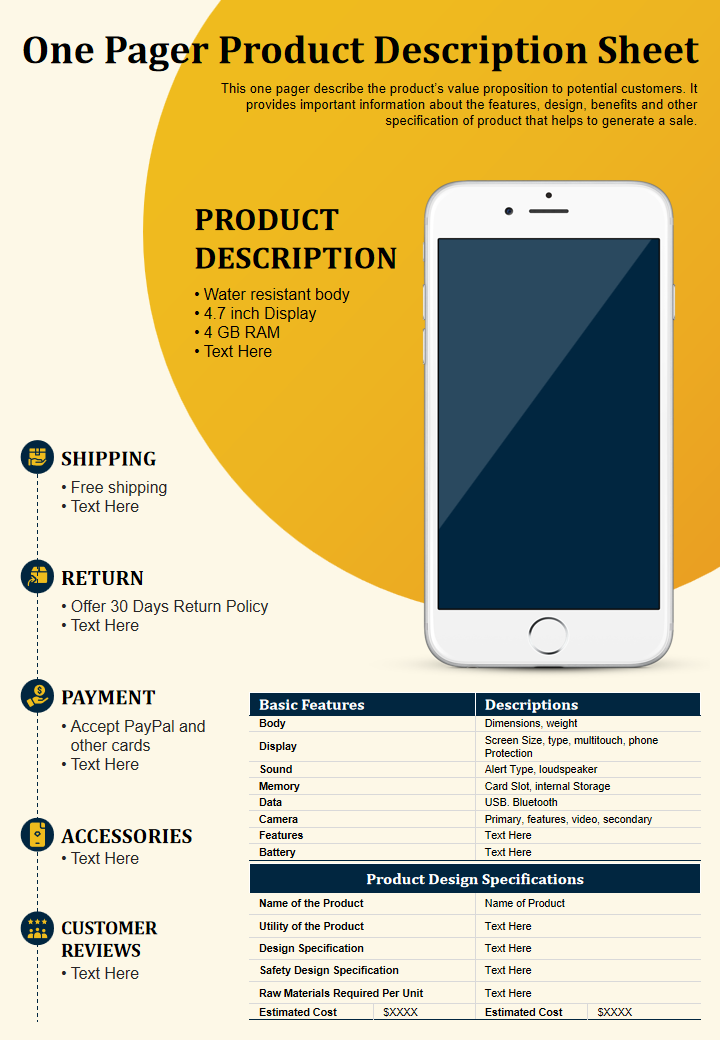
How to Optimize Product Pages for Higher Conversions in eCommerce
Image Courtesy –SLIDE TEAM
Shipping and pricing are clear¬
Pricing that’s transparent, including taxes, fees, and shipping is key.
Make sure you show all costs upfront so that you don’t get surprised.
It’s easier to check out now¬
With options like guest checkout and minimal form fields, you’ll reduce friction.
Don’t let anyone drop off by simplifying the payment process.
We’ve got return policies and guarantees¬
A return policy that’s easy to understand reassures customers. Especially for higher priced items, satisfaction guarantees or warranties can reduce hesitation.
A Better Way To Personalize Product Pages

How to Optimize Product Pages for Higher Conversions in eCommerce
Make your own product recommendations¬
Recommend related or complementary products to increase average order value by showcasing items customers may have overlooked.
Personalize your content¬
You can boost conversions and improve the shopping experience by presenting dynamic, personalized content.
Using retargeting to recover cart abandonments¬
If your customers leave items in their cart, use retargeting campaigns. Email retargeting or ads remind users to complete their purchase, recapturing potential sales.
The A/B Testing Process: Tracking What Works And Iterating
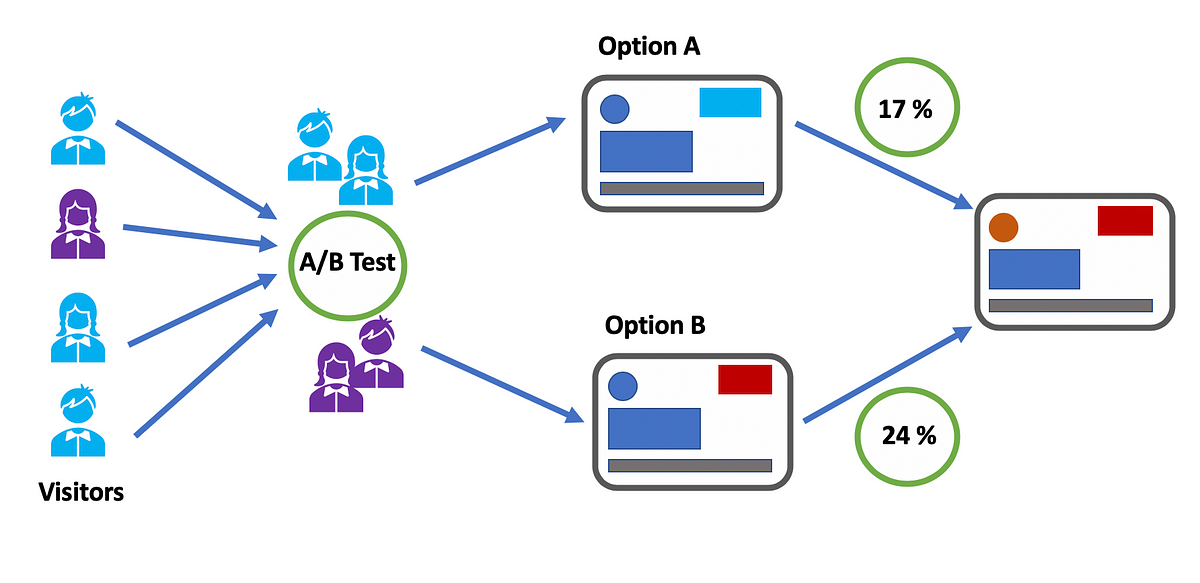
How to Optimize Product Pages for Higher Conversions in eCommerce
How to set up A/B tests on product pages¬
CTAs, descriptions, and layouts can all be tested with A/B testing tools like Google Optimize and Optimizely.
You’ll get a better idea of what drives higher conversions by testing one variable at a time.
Conversion analysis¬
Insights into user behavior can be found by analyzing bounce rates, add to cart rates, and overall conversion rates.
See where users are clicking or dropping off using advanced tools like heatmaps.
Process of continuous improvement¬
Incorporate findings into an ongoing optimization strategy with data driven decisions.
Maintaining product pages regularly ensures they’re up to date with changing consumer tastes.
Case Studies: Successful Product Page Optimizations
Example 1: Brand A – Optimizing Visuals and CTAs¬
Brand A improved conversions by 20% by integrating high quality images, adding a clear CTA, and optimizing loading speeds.

How to Optimize Product Pages for Higher Conversions in eCommerce
This case shows the power of visuals and UX on product page performance.
Example 2: Brand B – Leveraging UGC and Social Proof¬†¬
Brand B’s use of customer reviews and user generated content resulted in a 30% increase in sales, illustrating the effectiveness of social proof on conversion rates.

How to Optimize Product Pages for Higher Conversions in eCommerce
Example 3: Brand C – Personalized Product Recommendations¬
Brand C implemented AI based recommendations and saw a 15% increase in average order value, proving the effectiveness of personalized suggestions on the eCommerce platform
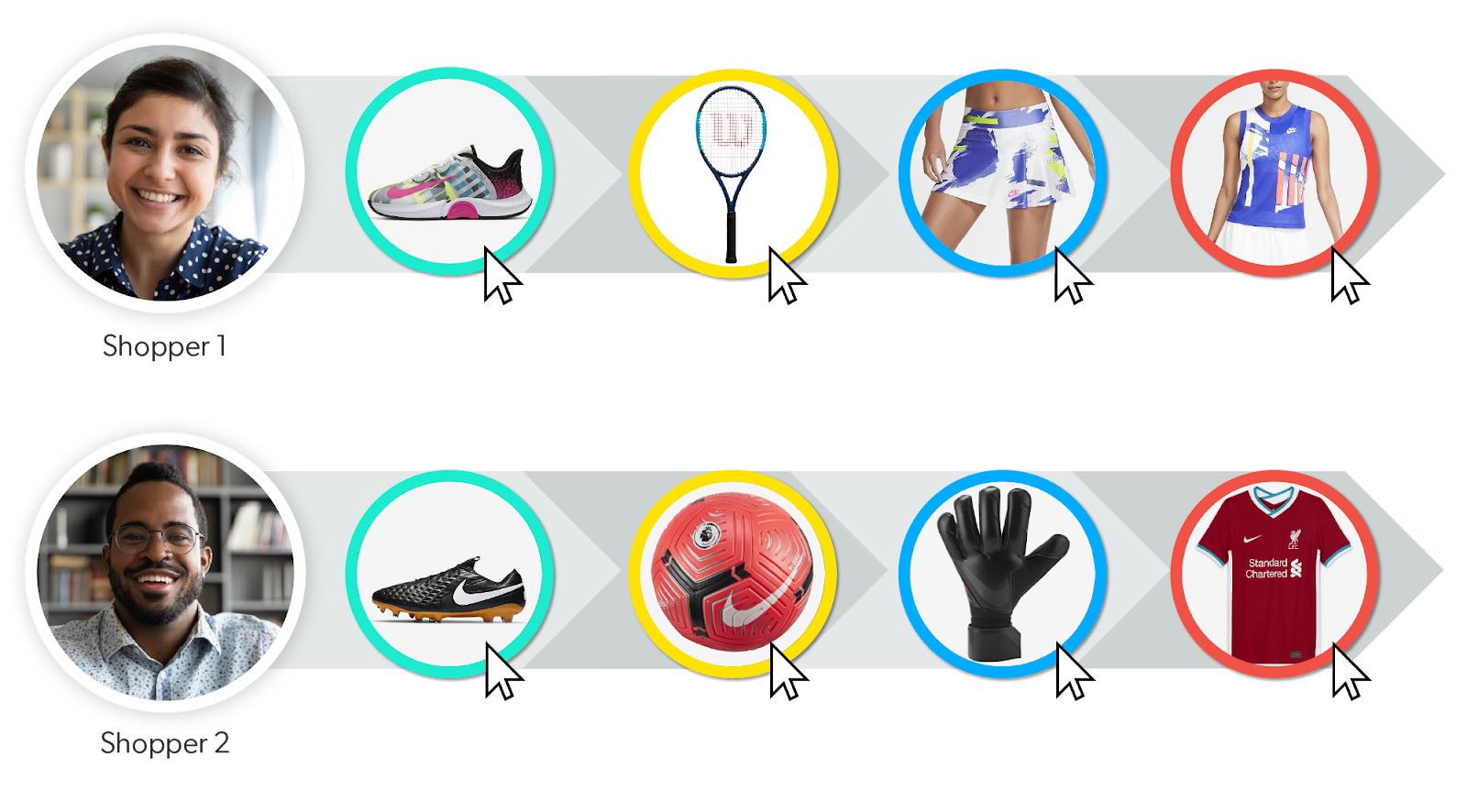
How to Optimize Product Pages for Higher Conversions in eCommerce
Conclusion
Boost conversions by optimizing product pages that align with user intent, highlight product value, and make it easy to shop. Continuously test, monitor, and adjust based on data.  Leverage customer data to optimize product pages. Analyze customer feedback to identify areas of improvement. Implement a feedback loop to keep up with customer needs.
Your product pages will be more competitive if you constantly optimize them based on user insights. Monitor user behavior, customer feedback, and product analytics to identify areas of improvement. Leverage AI and machine learning to automate and optimize product pages. Leverage A/B testing to compare different versions of product pages.


